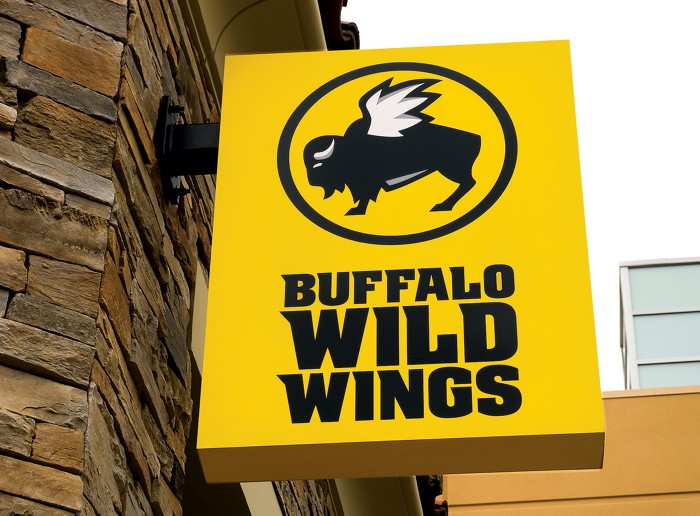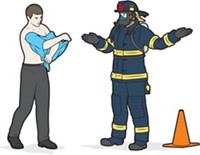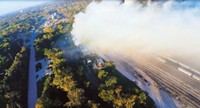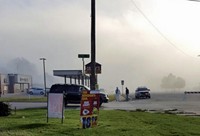Advertisement
Grab your lab coat. Let's get started
Welcome!
Welcome!
Create an account below to get 6 C&EN articles per month, receive newsletters and more - all free.
It seems this is your first time logging in online. Please enter the following information to continue.
As an ACS member you automatically get access to this site. All we need is few more details to create your reading experience.
Not you? Sign in with a different account.
Not you? Sign in with a different account.
ERROR 1
ERROR 1
ERROR 2
ERROR 2
ERROR 2
ERROR 2
ERROR 2
Password and Confirm password must match.
If you have an ACS member number, please enter it here so we can link this account to your membership. (optional)
ERROR 2
ACS values your privacy. By submitting your information, you are gaining access to C&EN and subscribing to our weekly newsletter. We use the information you provide to make your reading experience better, and we will never sell your data to third party members.
Consumer Safety
Accidental mix of bleach and acid kills Buffalo Wild Wings employee
Incidents like this, which create chlorine gas, occur more than 2,000 times per year in the US
by Leigh Krietsch Boerner
November 13, 2019
| A version of this story appeared in
Volume 97, Issue 45

Fast facts about working with cleaners
▸ Check labels on cleaners before using them to learn about risks.
▸ Keep cleaners locked up and away from children and pets.
▸ Don’t mix cleaners.
▸ Never mix bleach with anything (it can have toxic reactions with many other substances).
▸ Make sure to use cleaners in a well-ventilated area.
▸ If an accidental mixture occurs, don’t try to clean it up or neutralize it. Get out of the area and call 911.
You should never mix bleach with anything, but that’s what happened during an accident at a Buffalo Wild Wings in Burlington, Massachusetts, on the evening of Nov. 7. According to Burlington Fire Department assistant chief Michael Patterson, an employee spilled the cleaner Scale Kleen on the floor. Later, another employee started to clean the floor with another cleaner called Super 8. The mixture turned green and started bubbling. The bubbling puddle emitted fumes, driving employees and customers to evacuate the restaurant. The manager, 32-year-old Ryan Baldera, attempted to clean up the liquid and was overcome by the fumes. He died later at the hospital, states a Burlington Fire Department press release.
According to safety data sheets, Super 8 is a mixture of 8–10% sodium hypochlorite in water, stronger than household bleach. Scale Kleen contains 22–28% phosphoric acid, 18–23% nitric acid, and less than 1% urea. Generally, strong cleaners like these are used in businesses, but some may be available to the public. Mixing bleach and acid gives off chlorine gas, says Neal Langerman, CEO and principal scientist at Advanced Chemical Safety. The reaction is “well-known, simple, instantaneous,” he says. “The green bubbles give it away.”
Chlorine gas is a chemical warfare agent introduced during World War I and is still used in conflicts in the Middle East, Langerman says. When chlorine gas hits a person’s lungs, it generates a noxious mixture of hydrochloric acid, hypochlorous acid, hypochlorite, and other corrosive compounds. “Dissolve” is a pretty apt description of what the mixture does to tissue, he says. The cause of death tends to be chemical pneumonia. “The victim’s lungs cease being able to move gases and fill with liquid,” Langerman adds. “The medical staff would just see their patient going south with their lungs filling with liquid that they can’t keep empty. At some point, a pressure respirator just can’t compete with damage that’s done.”
Mixing bleach with other substances can also create harmful situations. Adding ammonia to bleach creates chloramine, another toxic gas. Bleach plus hydrogen peroxide creates oxygen gas so violently, it can cause an explosion. “One should not mix household cleaners as a general rule,” Langerman says. “You do not necessarily make a strong cleaner by mixing two cleaners together.”
Because the incident at Buffalo Wild Wings is an ongoing investigation, officials are not releasing Baldera’s cause of death, says a Burlington Fire Department spokesperson. According to the American Association of Poison Control Centers, accidental exposures to chlorine gas from mixing bleach and acid happened 2,284 times in 2017, the most recent year for which the agency has data. In the US, the Federal Hazardous Substances Act requires that cleaning products be labeled with the hazard and what first-aid steps to take if there’s an accident. Most US states, including Massachusetts, where the accident occurred, require that managers of restaurants get certification through ServSafe, a training and testing program from the National Restaurant Association. Part of this training is the appropriate handling of chemicals.
CORRECTION
This article was updated on Nov. 14, 2019, to clarify Neal Langerman’s statement on what happens when chlorine gas mixes with moisture in lungs. The reaction doesn’t generate just bleach compounds; it makes a mixture of hydrochloric acid, hypochlorous acid, hypochlorite, and other corrosive compounds.





Join the conversation
Contact the reporter
Submit a Letter to the Editor for publication
Engage with us on Twitter